The Basics of VAT Tax Number
Understanding VAT tax numbers, their purpose, and how to obtain one is crucial for businesses, accountants, and international traders.
This article provides a detailed explanation of VAT tax numbers, highlighting their key features, practical applications, and relevance for businesses operating locally and globally.
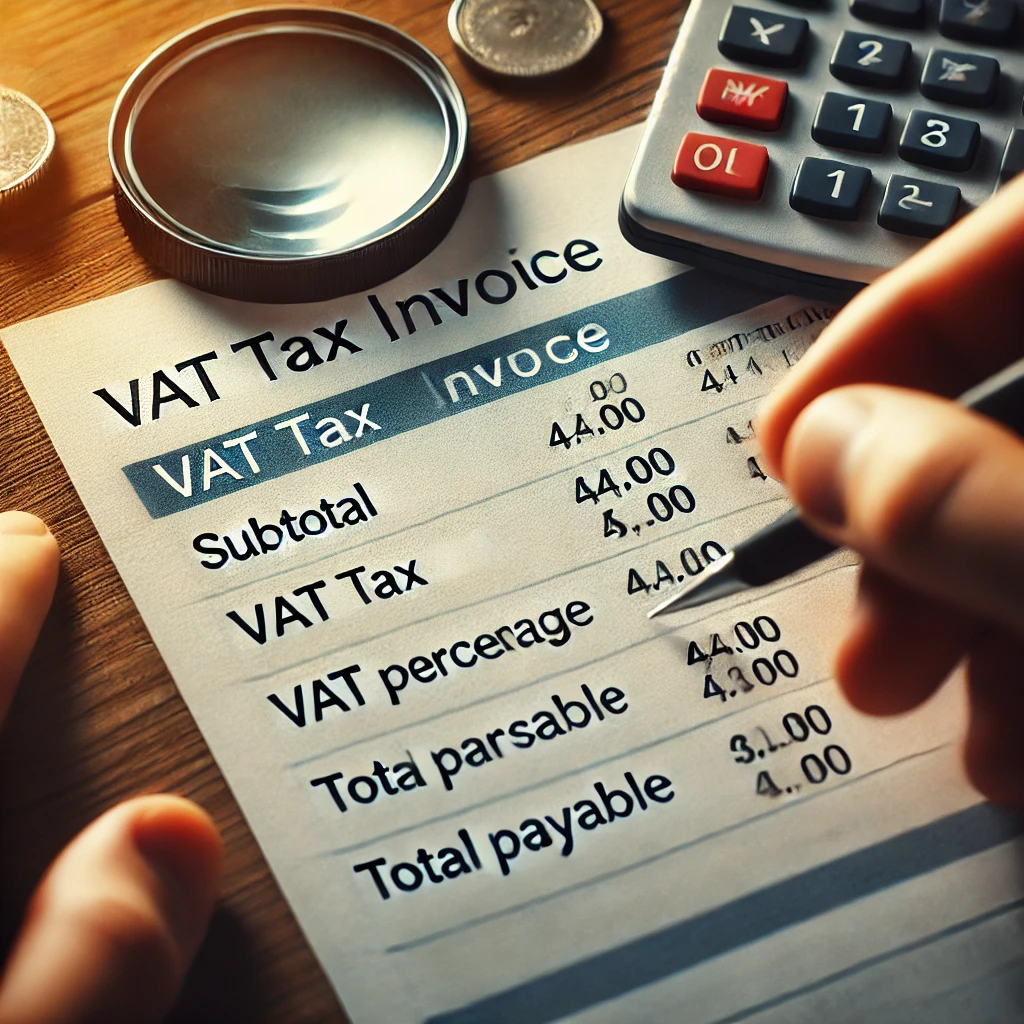
What Is a VAT Tax Number?
A VAT Tax Number (VAT ID) is an official tax registration number issued by government tax authorities to businesses that are registered for VAT purposes. It allows companies to charge, collect, and remit VAT on goods and services.
Key Components of a VAT Number
Component | Description |
Country Code | Identifies the country where the business is registered. |
Unique Identifier | A numeric or alphanumeric code specific to the business. |
Issued By | National tax authority (e.g., HMRC in the UK, IRS in the U.S. for sales tax). |
Purpose | Required for VAT invoicing, reporting, and compliance. |
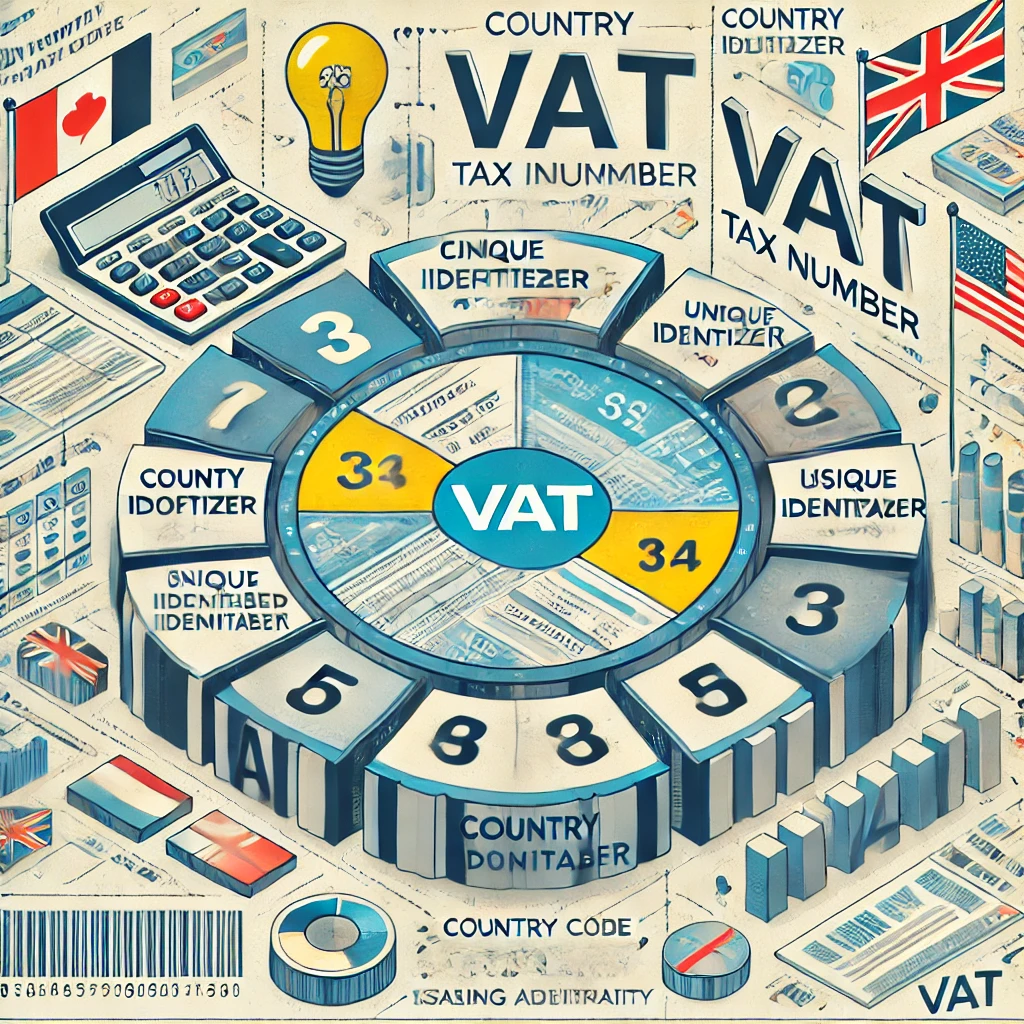
Key Features of a VAT Tax Number
1. Mandatory for VAT-Registered Businesses
- Businesses that exceed the VAT registration threshold must obtain a VAT number.
- Required for trading within and across international borders.
2. Enables Tax Collection & Compliance
- Helps businesses charge and report VAT correctly.
- Ensures compliance with tax regulations to avoid penalties.
3. Required for International Trade
- Essential for import/export businesses to reclaim VAT on purchases.
- Needed when trading within the European Union (EU) and other VAT-regulated regions.
4. Used for VAT Invoicing & Documentation
- Must be included on invoices, tax filings, and financial reports.
- Allows customers to verify VAT registration of suppliers.
5. Helps in VAT Refunds & Deductions
- Businesses can recover input VAT on eligible expenses.
- Simplifies tax audits and financial record-keeping.
How to Obtain a VAT Tax Number
1. Determine VAT Registration Eligibility
- Check if business revenue exceeds VAT thresholds set by your country.
2. Apply Through Tax Authorities
- Register with the national tax agency (e.g., HMRC, IRS, EU tax authorities).
- Submit business details, financial records, and tax documentation.
3. Receive Your VAT Tax Number
- The tax authority issues a unique VAT ID after approval.
- Businesses can now charge VAT on taxable goods/services.
4. Maintain VAT Compliance
- File regular VAT returns and remit collected VAT.
- Keep accurate financial records and VAT invoices.
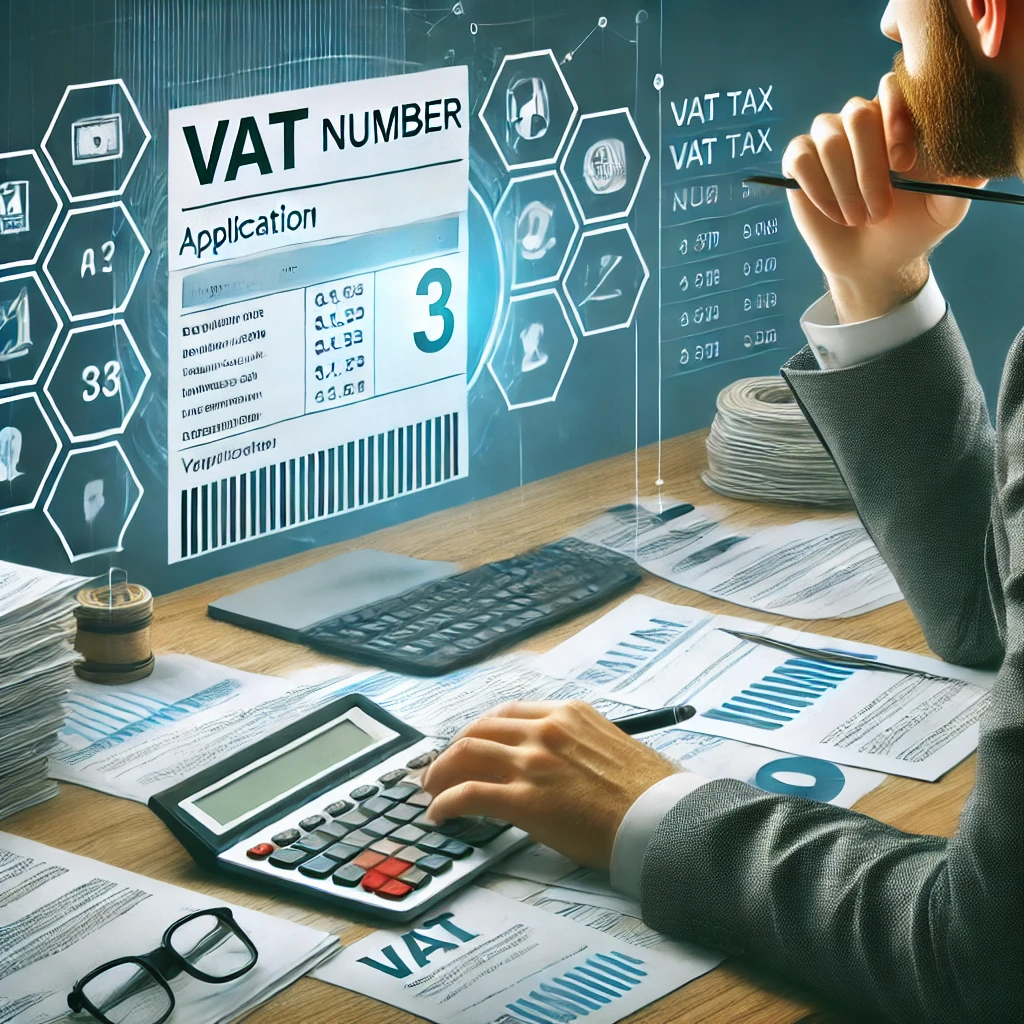
VAT Tax Numbers by Country
Country | VAT Number Format | Issuing Authority |
United Kingdom | GB + 9 or 12 digits | HMRC |
Germany | DE + 9 digits | Federal Central Tax Office |
France | FR + 11 digits | Direction Générale des Finances Publiques |
Italy | IT + 11 digits | Agenzia delle Entrate |
Spain | ES + 9 digits (may include a letter) | Agencia Tributaria |
United States | No VAT (Sales Tax Instead) | IRS (State Level Sales Tax) |
Practical Uses of a VAT Tax Number
1. Business Taxation & Compliance
- Ensures correct VAT collection, reporting, and remittance.
2. International Trade & Import/Export
- Required for cross-border transactions to comply with tax laws.
3. Invoicing & Financial Transactions
- Must be included on business invoices for transparency.
4. Tax Deduction & VAT Reclaim
- Businesses can claim back VAT paid on purchases.
5. VAT Verification & Supplier Authentication
Companies can verify the legitimacy of trading partners.
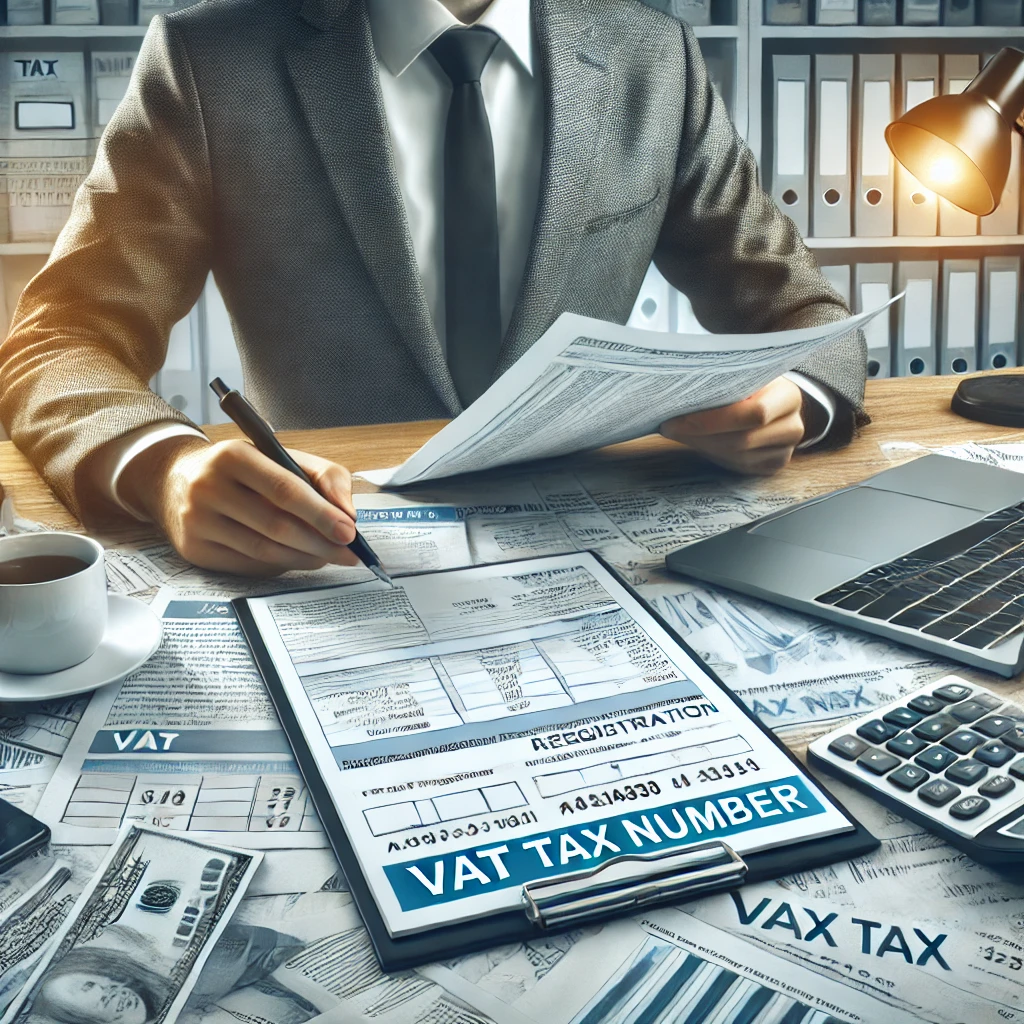
Advantages and Challenges of VAT Tax Numbers
Advantages | Challenges |
Enables VAT compliance and legal business operations. | Complex registration process in some countries. |
Allows businesses to reclaim VAT on purchases. | Strict tax reporting requirements for VAT filings. |
Required for international trade & B2B transactions. | VAT fraud risks if numbers are misused. |
Improves financial transparency with accurate records. | Changing VAT rules require businesses to stay updated. |
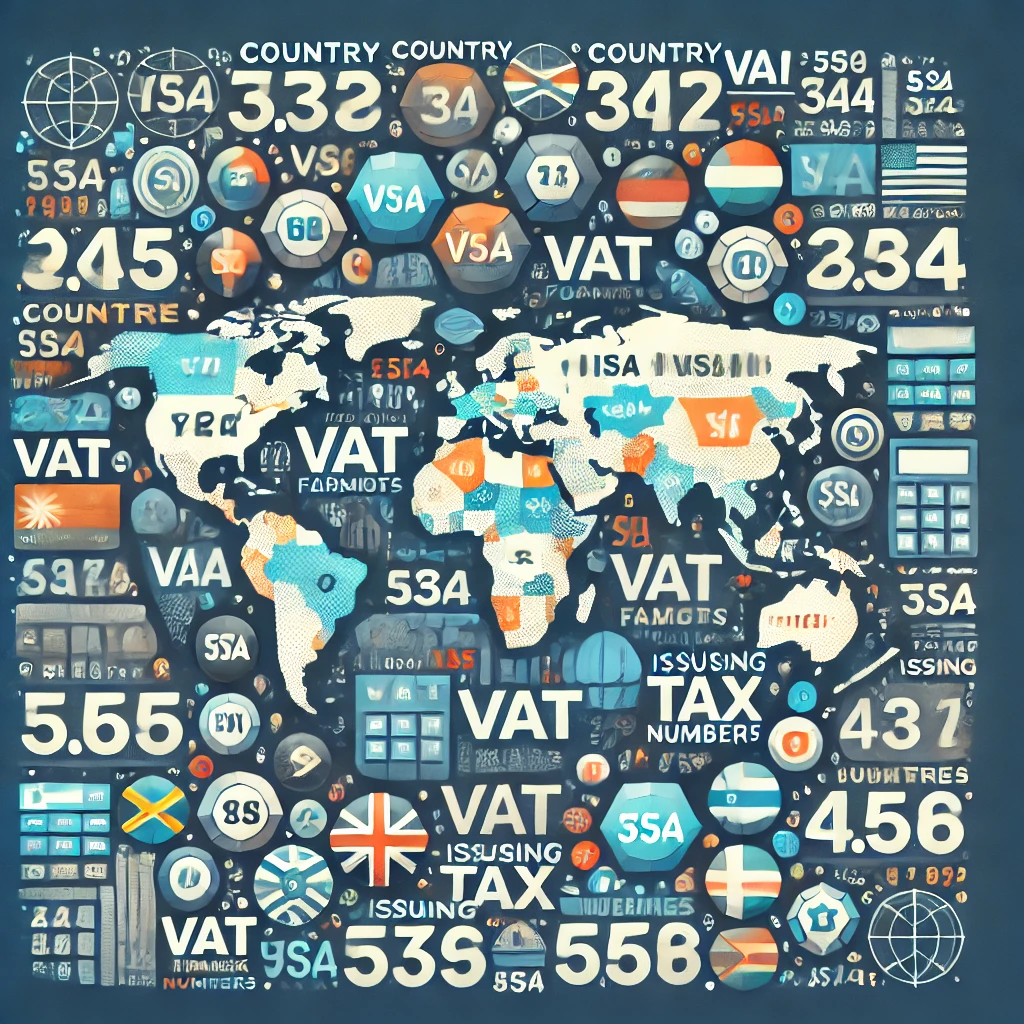
VAT Tax Number vs. Business Tax Number (TIN)
Feature | VAT Tax Number | Business Tax Number (TIN) |
Purpose | Identifies businesses for VAT transactions. | Identifies businesses for all tax obligations. |
Usage | VAT invoicing, reclaiming VAT, trade compliance. | Corporate income tax, payroll tax, general tax filings. |
Required For | Businesses charging VAT on goods/services. | All registered businesses, even if not VAT-registered. |
Conclusion
A VAT Tax Number is a critical tool for businesses managing VAT transactions, international trade, and tax compliance. It allows companies to collect, report, and reclaim VAT efficiently, ensuring smooth operations and legal compliance with tax authorities.
By understanding VAT tax numbers, their registration process, and practical applications, businesses can navigate VAT obligations effectively and avoid legal penalties. Whether you’re a small business owner, international trader, or tax professional, having a valid VAT number ensures seamless financial transactions and regulatory compliance.
